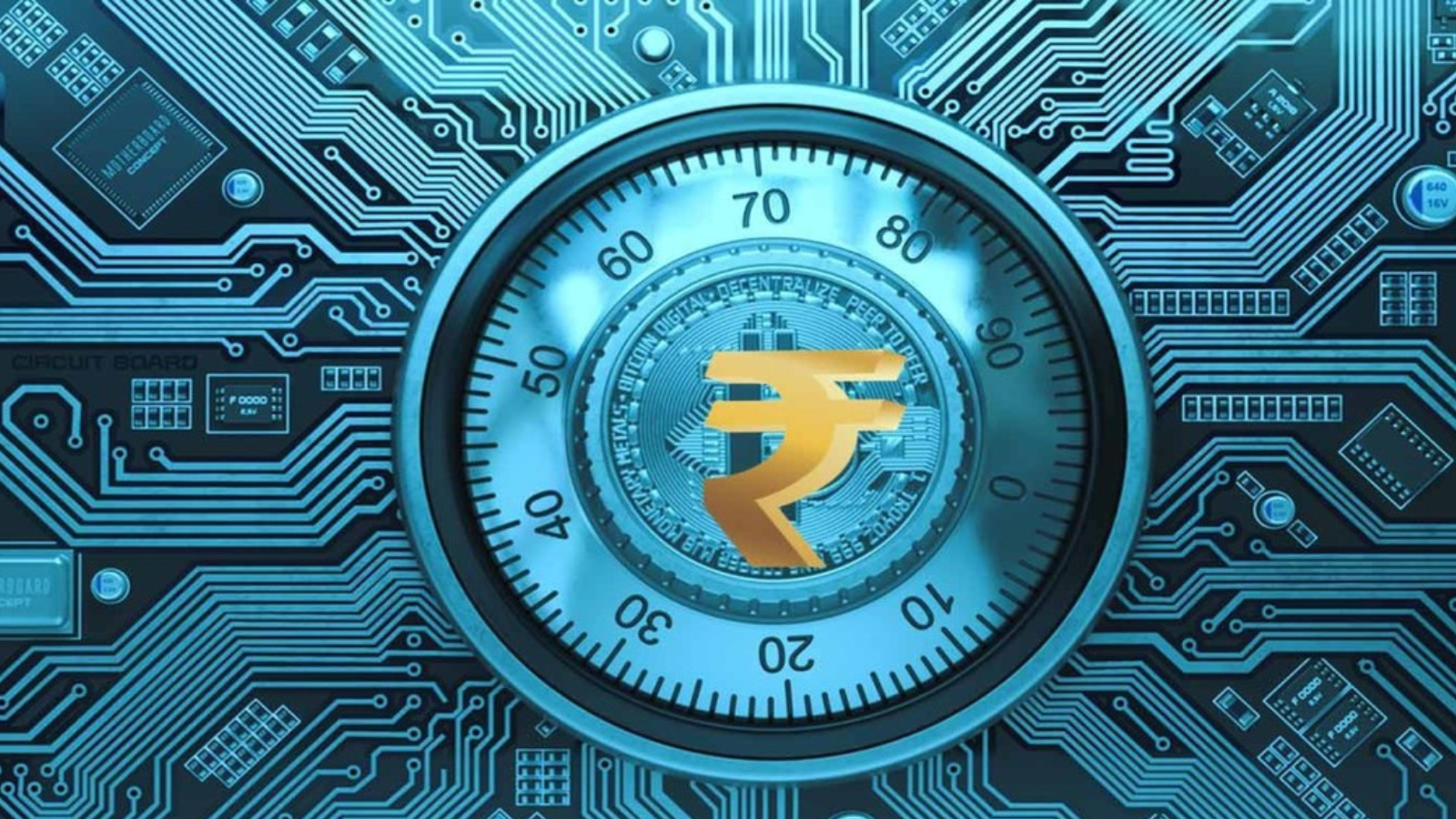India has taken a significant step towards a cashless economy Digital Currency with the introduction of the Digital Rupee (e₹) by the Reserve Bank of India (RBI). This new Central Bank Digital Currency (CBDC) is designed to revolutionize transactions, making them more secure, efficient, and accessible.
🔹 What is the Digital Rupee (e₹)?
The Digital Rupee (e₹) is a virtual form of India’s currency, issued and regulated by the Reserve Bank of India (RBI). Unlike cryptocurrencies like Bitcoin, the Digital Rupee is centralized and backed by the Indian government, ensuring stability and trust.
Key Features of the Digital Rupee:
✅ Issued by RBI – Fully regulated and government-backed.
✅ Legal Tender – Can be used like physical cash.
✅ No Volatility – Unlike cryptocurrencies, its value remains stable.
✅ Fast & Secure Transactions – Reduces dependency on cash.
✅ Supports Financial Inclusion – Brings banking services to remote areas.
🔹 Types of Digital Rupee (CBDC) in India
RBI has introduced two versions of the Digital Rupee to cater to different needs:
1️⃣ CBDC-R (Retail Digital Rupee) – Designed for everyday transactions like shopping, payments, and transfers.
2️⃣ CBDC-W (Wholesale Digital Rupee) – Used by banks and financial institutions for large-scale transactions and settlements.
🔹 How to Use the Digital Rupee?
Using the Digital Rupee (e₹) is simple and convenient. Here’s how you can start:
1️⃣ Download the Official RBI Digital Rupee App (Available via partnered banks).
2️⃣ Create Your Digital Wallet and link it to your bank account.
3️⃣ Load Digital Rupee into Your Wallet (Convert physical money into e₹).
4️⃣ Start Making Transactions – Pay at stores, transfer money, or use it for online shopping.
🔹 Difference Between Digital Rupee & UPI Payments
Many people confuse the Digital Rupee with UPI payments, but there are key differences:
| Feature | Digital Rupee (e₹) | UPI (Unified Payments Interface) |
|---|---|---|
| Type | Digital currency issued by RBI | Payment system for bank transfers |
| Requires Bank Account? | No | Yes |
| Works Offline? | Yes (in future updates) | No |
| Privacy Level | Higher, like cash transactions | Linked to bank records |
🔹 Benefits of India’s Digital Currency
💰 Less Dependency on Cash – Reduces printing costs and cash handling issues.
🔒 More Secure Transactions – Reduces fraud risks and counterfeit currency.
📉 Lower Transaction Fees – Faster and cheaper than traditional banking methods.
📱 Promotes Financial Inclusion – Helps people without bank accounts access digital payments.
🔹 Challenges & Concerns
⚠️ Adoption & Awareness – Educating people about its use.
⚠️ Cybersecurity Threats – Protecting digital transactions from cyberattacks.
⚠️ Privacy Issues – Balancing transparency with user privacy.
🔹 Future of the Digital Rupee in India
The Digital Rupee is expected to play a major role in India’s digital transformation. With ongoing trials and gradual adoption, it could replace physical cash in many sectors, making financial transactions more efficient and transparent.
🔜 RBI plans to expand Digital Rupee use in retail stores, e-commerce, and even international trade!
🔹 Conclusion
India’s Digital Rupee (e₹) marks the beginning of a new era in digital finance. As more people start using CBDC, it will make transactions faster, safer, and more convenient for businesses and individuals alike.
Table of Contents
👉 Would you use the Digital Rupee for your daily transactions? Share your thoughts in the comments! 💬

